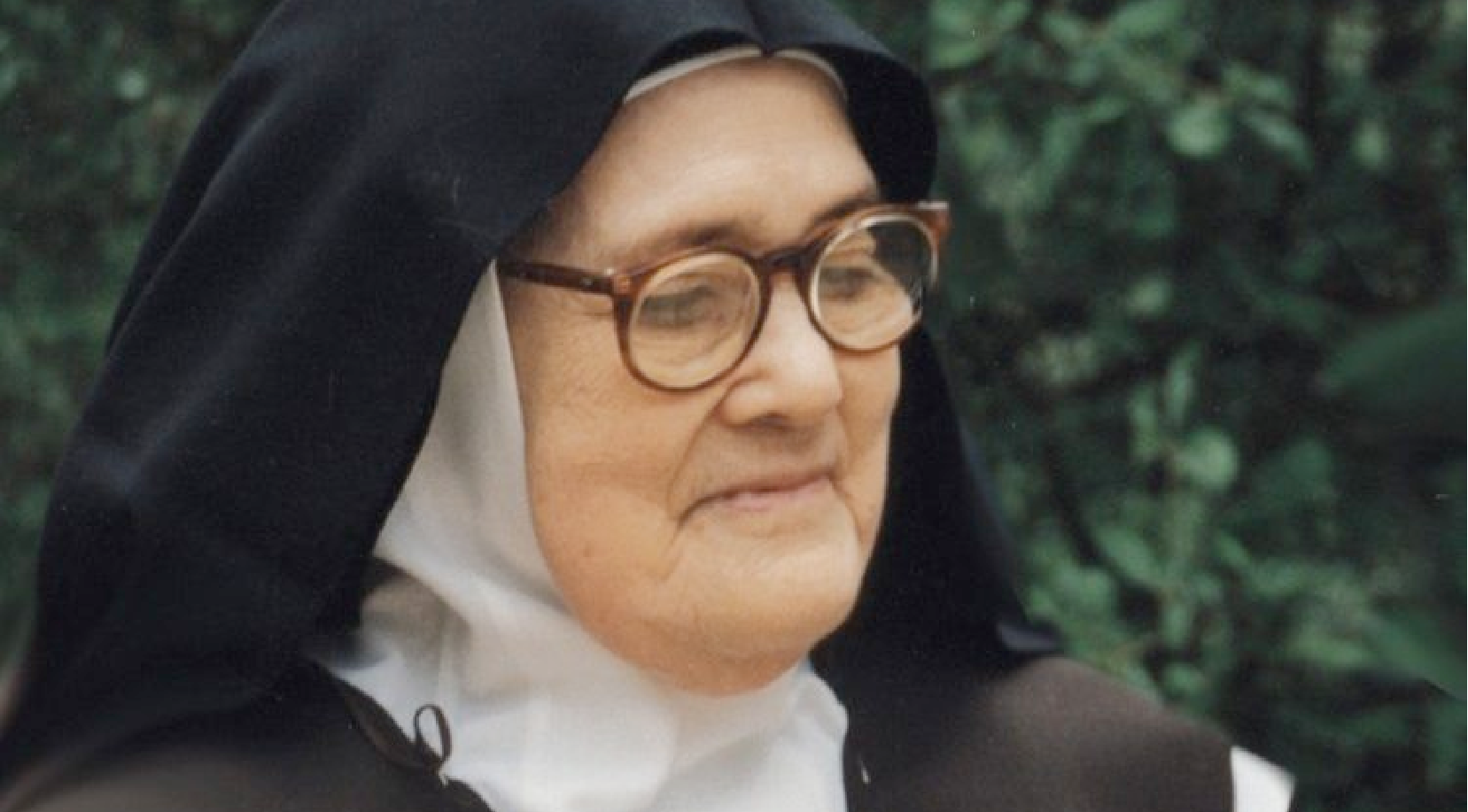(ZENIT News / Fatima, 08.13.2025).- In the quiet cloisters of the Carmel of St. Teresa in Coimbra, Sister Lúcia de Jesus – the last surviving Fatima seer – lived her final decades behind a veil of silence that was not entirely of her choosing. A new book, «Living in the Light of God: The Spiritual Journey of Lúcia de Jesus», co-authored by Sister Ângela Coelho, explores how those restrictions shaped, and at times strained, her mission.
The turning point came in 1955, when the Holy See introduced measures limiting the number of visitors allowed to see her. Three years later, a far stricter rule followed: nothing she wrote or said could be made public without Vatican approval. Officially intended to shield her from intrusive curiosity and protect the sanctity of Carmel’s enclosure, these measures marked, in Coelho’s words, “the beginning of a long period of suffering” for the woman who had carried the Fatima message since childhood.
The catalyst was an incident known as the “Fuentes case.” In December 1957, Mexican priest Fr. Agustín Fuentes, then postulator for the cause of the canonization of Lúcia’s cousins, visited her. The following year, in a talk in Mexico, he attributed to her ominous and apocalyptic remarks about a global struggle between good and evil. The tone was sensational, the content distorted, and the Holy See reacted sharply. The resulting regulations—limiting visits and forbidding her to speak publicly about Fatima—remained in force for the rest of her life.
Her own writings record both the pain and the obedience these rules demanded. In her spiritual diary «My Path», which she kept from the 1940s until 2004 under episcopal instruction, she reflected on feeling used as an instrument—first as a child questioned by Church and civil authorities, and later as a cloistered nun whose words could be filtered or misinterpreted by others.
Yet bitterness never took root. Fr. Fuentes eventually returned to Coimbra to seek her forgiveness. Over time, Lúcia came to see the Church as “a mother,” grateful for the protection it offered even when that protection felt constraining. Writing became her primary means of fulfilling her vocation to spread the Fatima message—always in obedience to the norms imposed on her.
Coelho emphasizes that Lúcia never sought personal advantage, whether material or reputational. Even before entering Carmel, she had turned down opportunities for wealth and property, embracing instead a hidden life. For her, holiness could never be achieved in opposition to the Church. “She recognized that the Church is not perfect,” Coelho notes, “but everything she did was within the Church, in communion with it.”
The book invites readers to see beyond the familiar image of the visionary to a woman whose greatest trial was not disbelief from the outside world, but the tension between a divine mission and the limits placed upon it. For Lúcia, faithfulness meant walking that narrow path—silent when required, yet steadfast in her witness—until the very end.
Thank you for reading our content. If you would like to receive ZENIT’s daily e-mail news, you can subscribe for free through this link.

